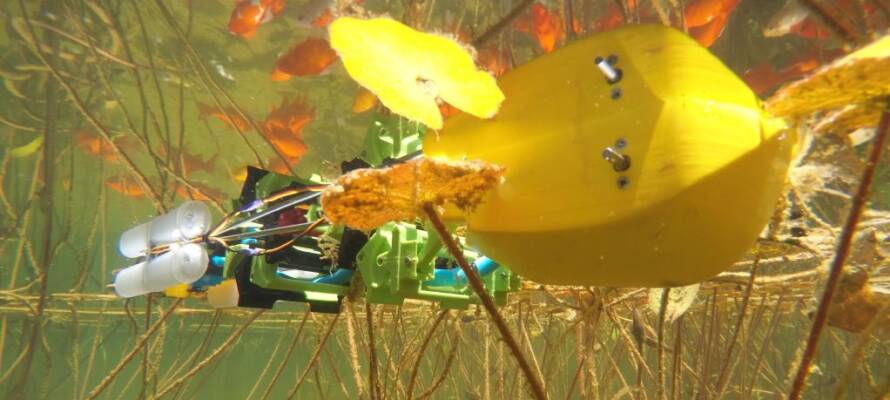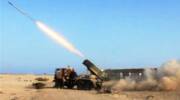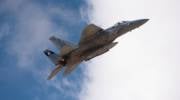The AmphiSAW robot’s movement was inspired by the motion of flippers in water and the manner of centipedes walking on land.
By Pesach Benson. TPS
Ben-Gurion University of the Negev engineers developed one of the world’s fastest amphibious robots with potential to save lives in floods and tsunamis.
The team’s findings were published in February in Bioinspiration & Biomimetics, a peer-reviewed journal.
According to Dr. David Zarrouk, who led a team of engineers developed the AmphiSAW robot, its movement was inspired by the motion of flippers in water and the manner of centipedes walking on land.
“The single motor and bioinspired design contribute significantly to the robot’s efficiency and the relative simplicity of its design means it is scalable to any size,” Dr. Zarrouk explained.
On land, the robot crawled at 1.5 body lengths per second (B/s) and swam at 0.74 B/s. It can be outfitted with legs or wheels at the front which increases its crawl speed, especially over uneven terrain.
The robot has potential applications in search and rescue, especially during natural disasters such as floods and tsunamis. It could also be used for marine agriculture and fish feeding, because the AmphiSAW does not repel fish.
Dr. Zarrouk’s goal is to produce robots that can complete complex maneuvers yet use very little power to run and can be simple to produce.
[purm boxed]
Do You Love Israel? Make a Donation - Show Your Support!
Donate to vital charities that help protect Israeli citizens and inspire millions around the world to support Israel too!
Now more than ever, Israel needs your help to fight and win the war -- including on the battlefield of public opinion.
Antisemitism, anti-Israel bias and boycotts are out of control. Israel's enemies are inciting terror and violence against innocent Israelis and Jews around the world. Help us fight back!























